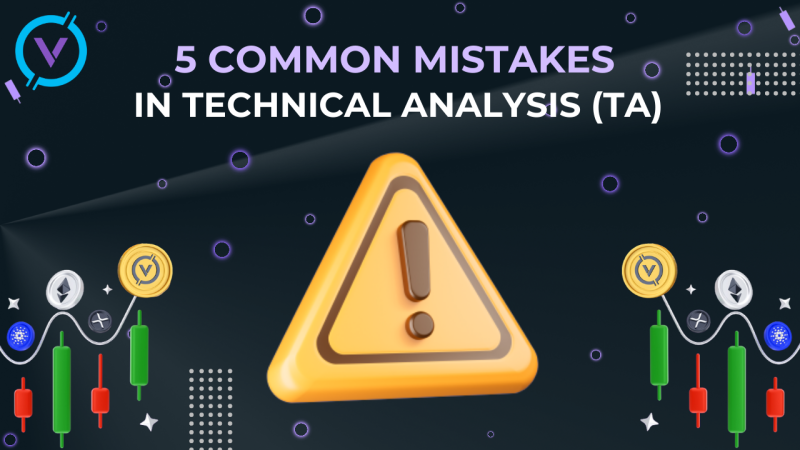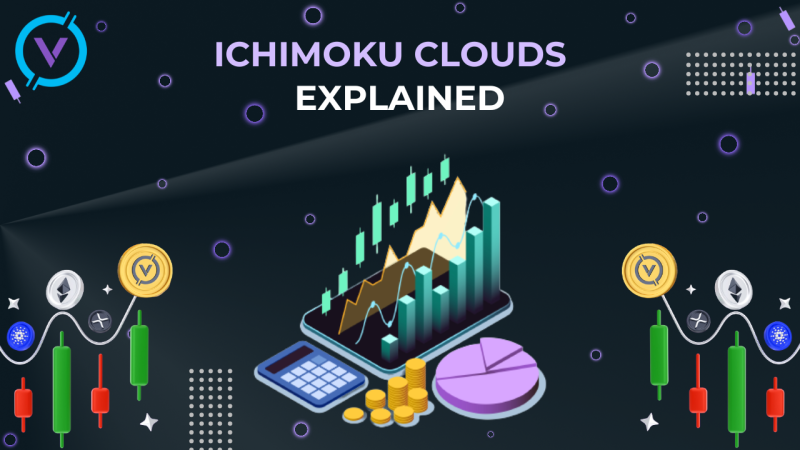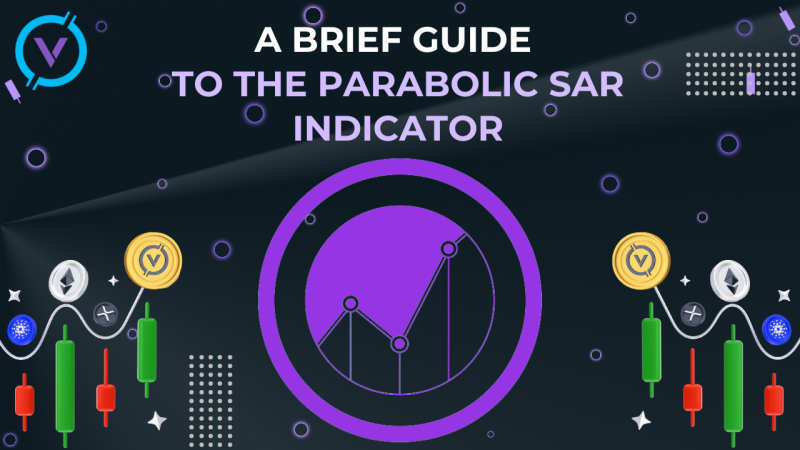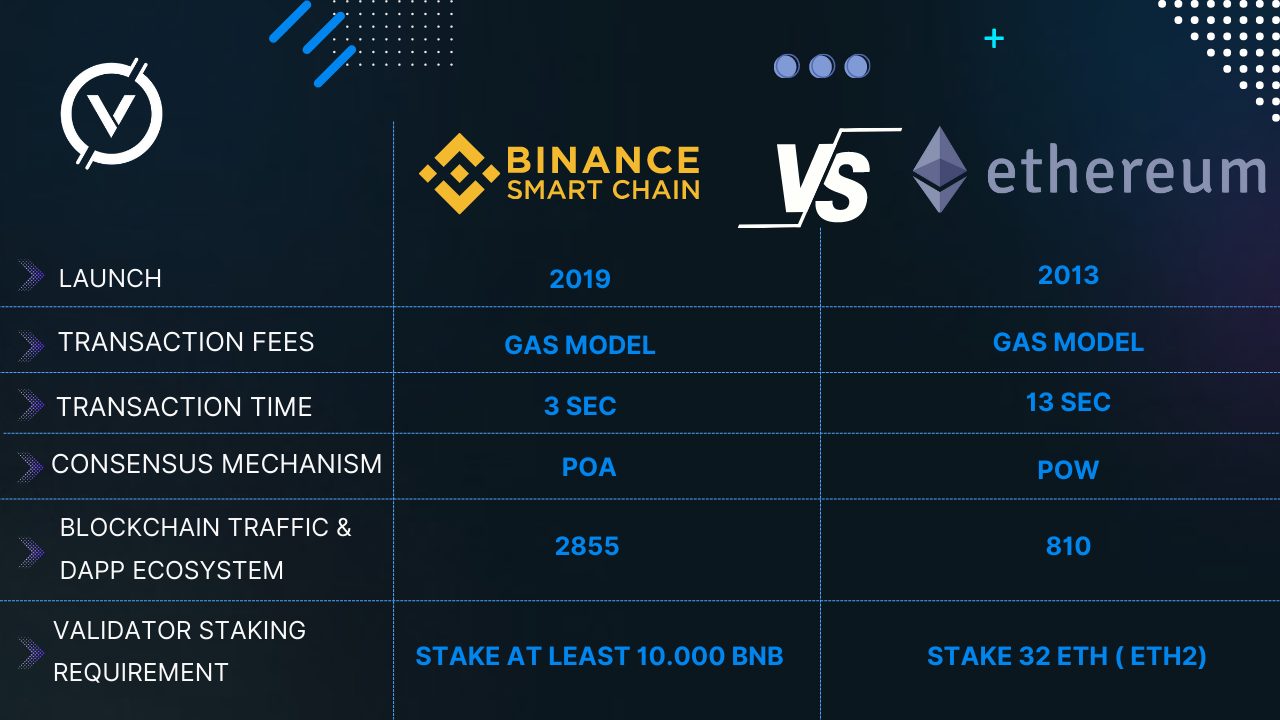
Beginning
No one will argue that Binance Smart Chain and Ethereum are extremely similar. A lot of people state that public wallet addresses look the same either on Binance Smart Chain or Ethereum. These both blockchains allow operations concerning cross-chain projects. In any case, we should not remember that these chains definitely have distinctions. Let’s look into some differences between them.
Blockchain traffic and DApp ecosystem
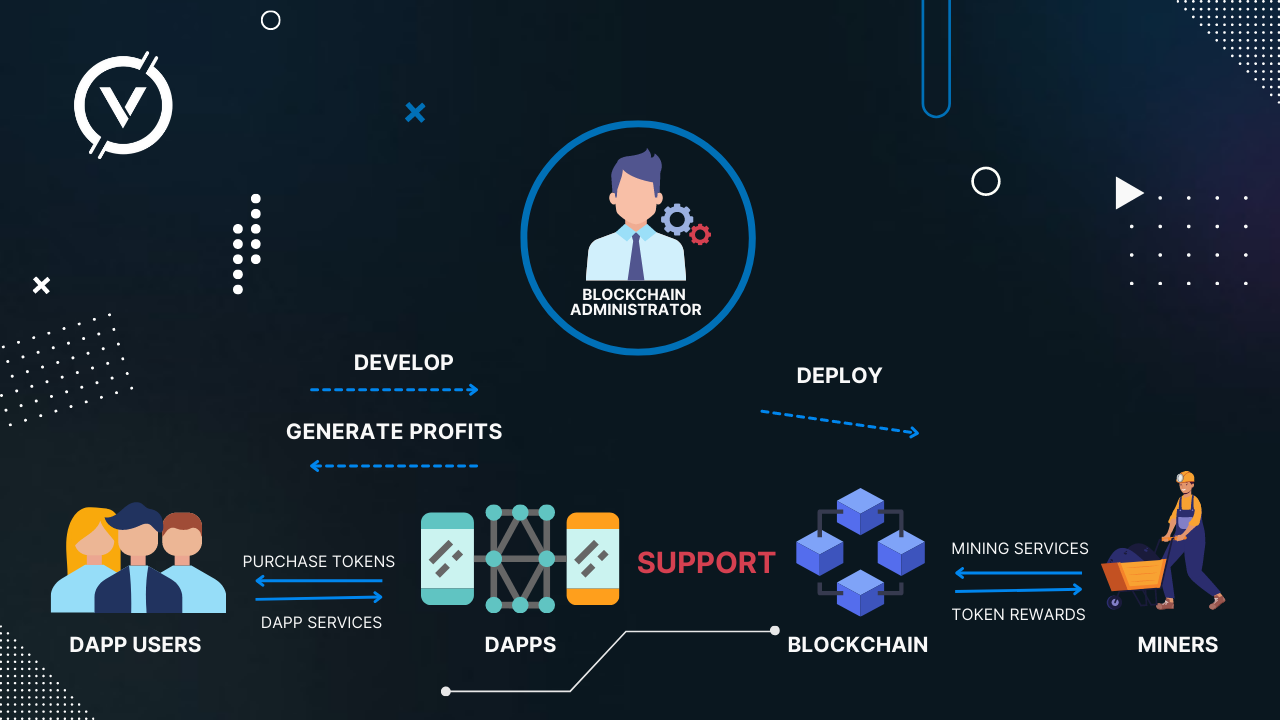
Let’s analyze Blockchain traffic and the DApp ecosystem. It is known that Binance Smart Chain has a great growth nowadays. Why can it occur in this way? The first cause of it is the fact there is little time necessary for confirmation. The second reason is low fees for sure. The third reason is increasing hype regarding NFTs and the similarity with famous crypto wallets.
Moreover, let’s have a look at transactions that occur every day. We can notice a huge variance connecting these two. For instance, Binance Smart Chain allows clients to move their funds very fast and conveniently. Additionally, people can deal with smart contracts in a very simple way.
In contrast, Ethereum has never reached a transaction number above 1.75 million. That is why Binance Smart Chain is a greater and more preferable choice for people.
What about Transaction Fees?
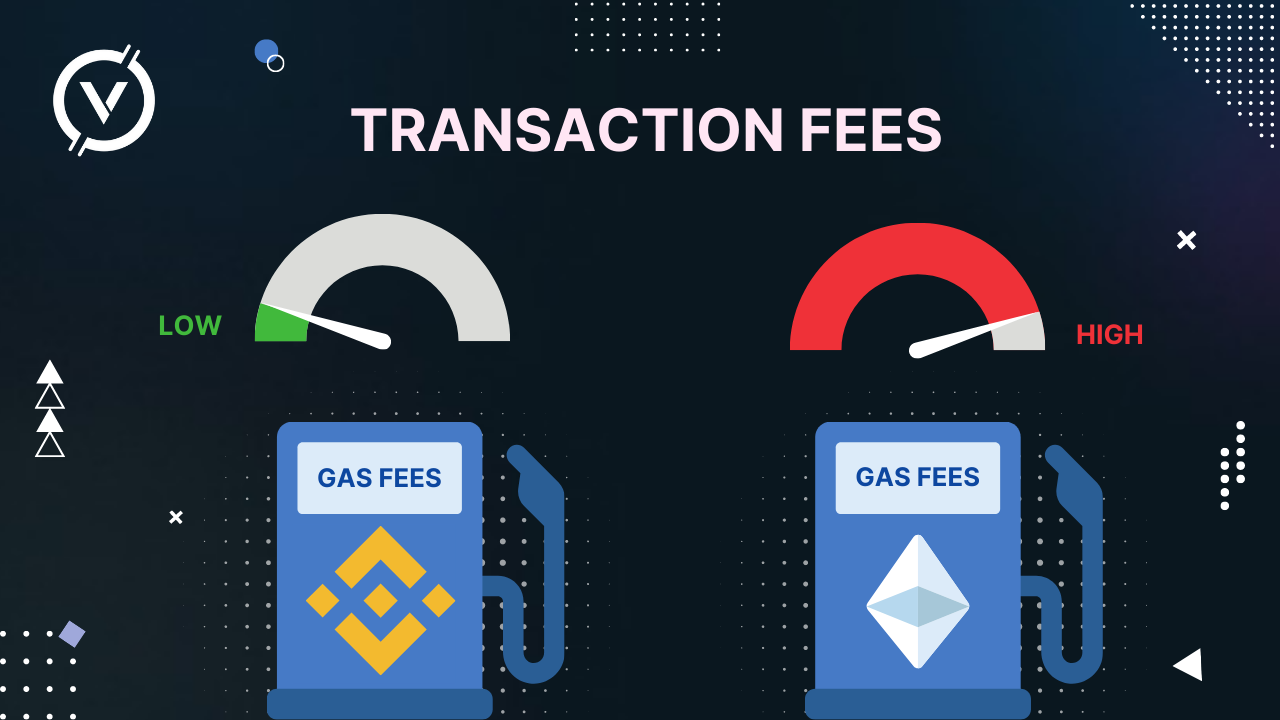
Definitely, both Binance Smart Chain and Ethereum have a gas method concerning transaction fees. It allows you to measure the difficulty of transactions. Binance Smart Chain clients are able to set a gas price regarding network demand. In this case miners will definitely set up transactions with higher gas prices.
On the other hand, the Ethereum update makes a new pricing system with a center fee a block. The base fee switches concerning the request for transactions, deleting the necessity for people to choose the gas price on their own way.
The fact is that the Ethereum gas fees have been much higher than ones on Binance Smart Chain. The biggest average seen was in May 2021. It was $68.72. The situation has begun to change, but Ethereum is really more expensive nowadays.
What about transaction time?
How to measure middle transaction times on blockchains? Please, keep in mind that it is sometimes a really tricky. Sometimes we can wait because of:
· if you haven't place your fee top enough, miners may detain your transaction or even not place it in a block anyhow.
· More difficult interactions with the blockchain ask for multiple transactions. For instance, attaching liquidity to a liquidity pool.
· A lot of services will just review a transaction valid after some number of blocks are established. These additional verifications minimize the chance of traders and service providers having the payments reverted in case the block is declined by the network.
Let’s analyze the gas statistics for Ethereum: in this case the transaction time varies from 30 seconds to 16 minutes. Amazingly, isn’t it?
Consensus mechanism
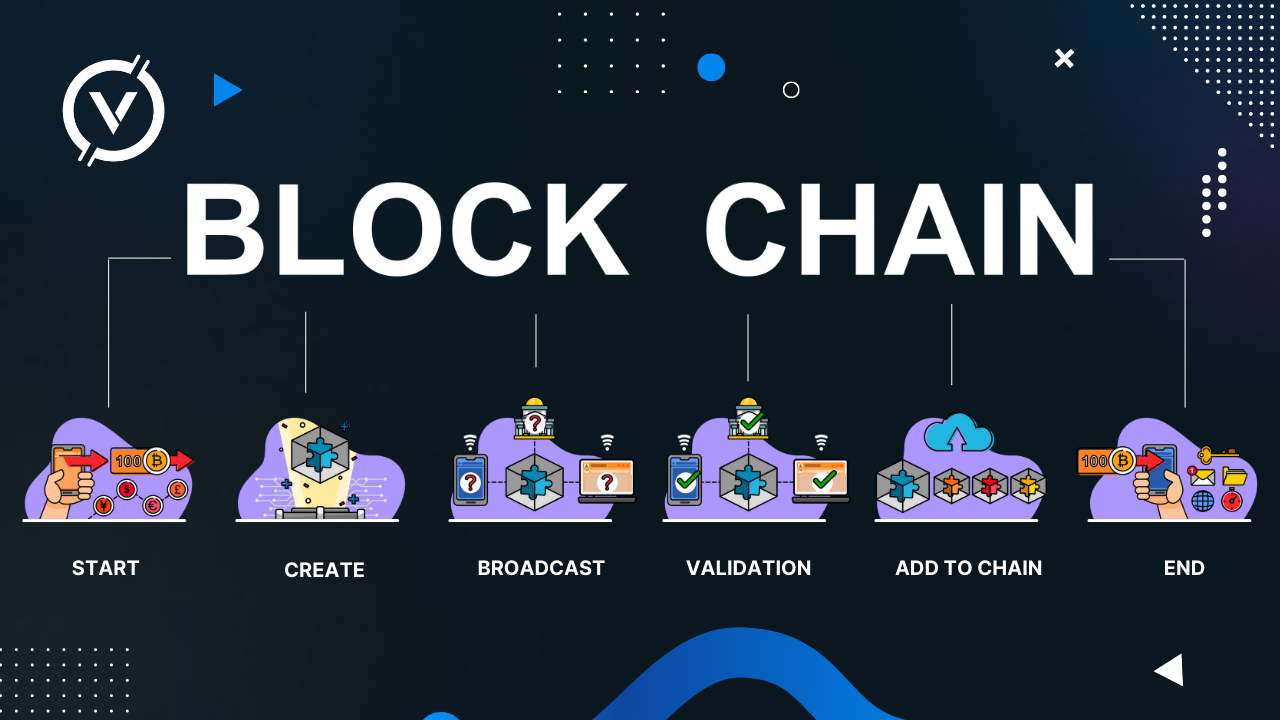
There are two absolutely different mechanisms between Ethereum and Binance Smart Chain. The first one has a Proof of Work consensus mechanism, and the latter possesses Proof of Staked Authority. Proof of Work is really similar to the one of Bitcoin, but it differs greatly from Proof of Staked Authority. We should remember that these differences will not last too long.
Ethereum's Proof of Work is a very interesting system. Apart from the community selecting confirmations, there is a race to solve a counting issue. Any person can take part in it, but they will need to get or even lease special mining machines. Great miners get transaction fees and an ETH reward.
Nevertheless, although PoW is a wonderful way of making consensus and making the network safe, developers have since explored the use of other mechanisms. Their aim is to discover more efficient and environment-friendly variants without compromising security.
To be continued…
On the one hand, there are many similar points between Binance Smart Chain and Ethereum. Partly, it made it very easy for Ethereum clients to drift and begin trying out with Binance Smart Chain. On the second hand, Binance Smart Chain took amazing changes to try and advance performance and organization. The Proof of Staked Authority consensus mechanism allowed people to have the benefit of lower at price and quicklier blockchain transactions.Thanks for that!
